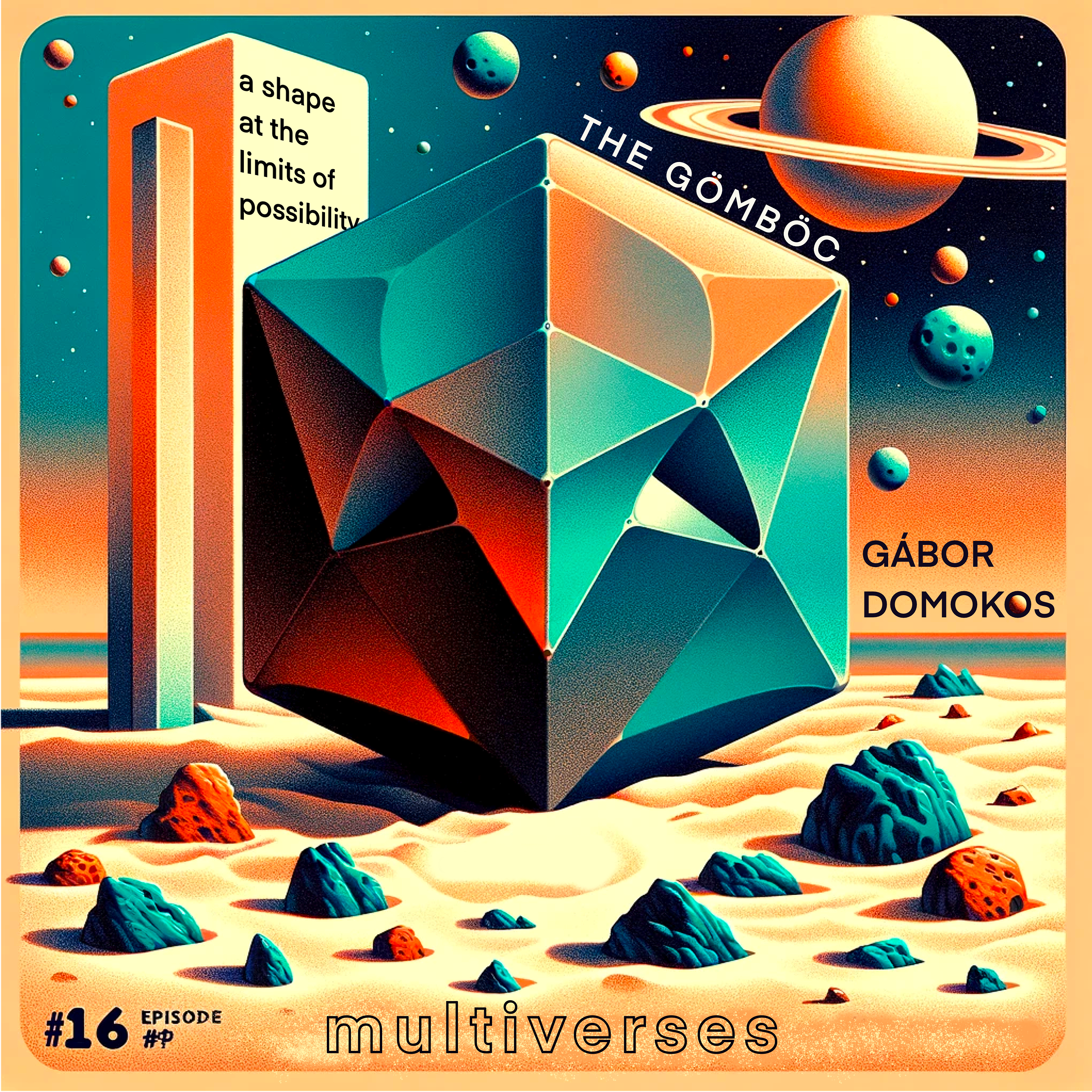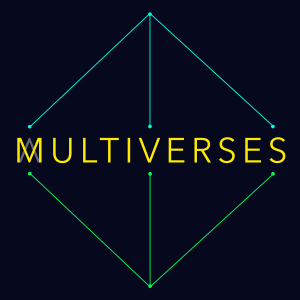
- Podcast Features
-
Monetization
-
Ads Marketplace
Join Ads Marketplace to earn through podcast sponsorships.
-
PodAds
Manage your ads with dynamic ad insertion capability.
-
Apple Podcasts Subscriptions Integration
Monetize with Apple Podcasts Subscriptions via Podbean.
-
Live Streaming
Earn rewards and recurring income from Fan Club membership.
-
Ads Marketplace
- Podbean App
-
Help and Support
-
Help Center
Get the answers and support you need.
-
Podbean Academy
Resources and guides to launch, grow, and monetize podcast.
-
Podbean Blog
Stay updated with the latest podcasting tips and trends.
-
What’s New
Check out our newest and recently released features!
-
Podcasting Smarter
Podcast interviews, best practices, and helpful tips.
-
Help Center
-
Popular Topics
-
How to Start a Podcast
The step-by-step guide to start your own podcast.
-
How to Start a Live Podcast
Create the best live podcast and engage your audience.
-
How to Monetize a Podcast
Tips on making the decision to monetize your podcast.
-
How to Promote Your Podcast
The best ways to get more eyes and ears on your podcast.
-
Podcast Advertising 101
Everything you need to know about podcast advertising.
-
Mobile Podcast Recording Guide
The ultimate guide to recording a podcast on your phone.
-
How to Use Group Recording
Steps to set up and use group recording in the Podbean app.
-
How to Start a Podcast
-
Podcasting
- Podcast Features
-
Monetization
-
Ads Marketplace
Join Ads Marketplace to earn through podcast sponsorships.
-
PodAds
Manage your ads with dynamic ad insertion capability.
-
Apple Podcasts Subscriptions Integration
Monetize with Apple Podcasts Subscriptions via Podbean.
-
Live Streaming
Earn rewards and recurring income from Fan Club membership.
-
Ads Marketplace
- Podbean App
- Advertisers
- Enterprise
- Pricing
-
Resources
-
Help and Support
-
Help Center
Get the answers and support you need.
-
Podbean Academy
Resources and guides to launch, grow, and monetize podcast.
-
Podbean Blog
Stay updated with the latest podcasting tips and trends.
-
What’s New
Check out our newest and recently released features!
-
Podcasting Smarter
Podcast interviews, best practices, and helpful tips.
-
Help Center
-
Popular Topics
-
How to Start a Podcast
The step-by-step guide to start your own podcast.
-
How to Start a Live Podcast
Create the best live podcast and engage your audience.
-
How to Monetize a Podcast
Tips on making the decision to monetize your podcast.
-
How to Promote Your Podcast
The best ways to get more eyes and ears on your podcast.
-
Podcast Advertising 101
Everything you need to know about podcast advertising.
-
Mobile Podcast Recording Guide
The ultimate guide to recording a podcast on your phone.
-
How to Use Group Recording
Steps to set up and use group recording in the Podbean app.
-
How to Start a Podcast
-
Help and Support
- Discover

16| Gábor Domokos — The Gömböc, a shape at the limit of possibility
The Gomboc is a curious shape. So curious many mathematicians thought it could not exist. And even to the untrained eye, it looks alien: neither the product of human or natural processes.
This week Gábor Domokos relates his decade-long quest to prove the existence of a (convex, homogenous) shape with only two balance points.
The Gömböc is not just a mathematical curio, its discovery led to a theory of how "things fall apart", of the processes of abrasion that — whether on Earth, mars, or deep space — ineluctably reduce the number of balance points of objects.
The Gomboc is the shape all pebbles want to be, but can never reach.
Show notes at multiverses.xyz
(00:00) Intro
(2:40) Start of conversation — what is a Gomboc?
(4:30) The Gomboc is the “ultimate shape” it has only two balance points
(5:30) The four vertex theorem: why a 2D shape must have 4 balance points
(6:30) (almost) nobody thought a Gomboc existed
(8:30) Vladimir Ilych Arnold’s conjecture
(9:00) Hamburg 1995, the beginning of a quest
(10:30) “Mathematics is a part of physics where experiments are cheap”
(11:50) A hungry scholar sits next to a mathematical superstar
(13:00) Ten years of searching
(15:00) Domokos and Varkonyi's gift for Arnold
(15:30) Arnold’s response: “good, but now do something serious”
(16:50) We cannot easily speak about shapes.
(18:00) A system for naming shapes
(21:00) “The evolution of shapes is imprinted in these numbers”
(21:50) Pebbles evolve towards the Gomboc, but never get there
(24:50) How to find the balance points of shapes by hand
(30:00) Physical intuition and empirical exploration can inform mathematics
(30:30) A beach holiday (and a marital bifurcation point)
(34:00) “No this was not fun, it was a markov process”
(36:40) Working with NASA to understand the age of martian pebbles
(38:20) An asteroid, or a spaceship?
(43:00) The mechanisms of abrasion
(45:50) The isoperimetric ratio — does not evolve monotonically …
(47:50) … But the drift to less balance points is monotonic
(49:00) The process of abrasion is a process of simplifying
(50:00) We can name the shape of Oumuamua because it is so simple
(51:00) Relationship between Gomboc and (one way of thinking about) entropy
(55:00) Abrasion and the heat equation — curvature is “like” heat and gets smoothed out
(58:00) The soap bar model — why pointy bits become smooth
(1:00:00) Richard Hamilton, the Poincaré conjecture and pebbles
(1:04:00) The connection between the Ricci flow and pebble evolution
(1:09:00) Turning the lights on in a darkened labyrinth
(1:12:00) The importance of geometric objects in physics (string theory)
(1:13:30) Another way of naming natural shapes: the average number of faces and vertices
(1:15:00) “Earth is made of cubes” — it turns out Plato was right
(1:16:30) Could Plato’s claim have been empirically inspired?
(1:17:50) “Everything happens between 20 and 6”
(1:18:30) The Cube and the Gomboc are the bookends of natural shapes
(1:19:30) The Obelisk in 2001 — an unnatural, but almost natural shape
(1:22:00) Poincaré on dreaming: genius taps the subconscious
More Episodes
 2023-11-16
2023-11-16
 2023-09-07
2023-09-07
 2023-08-10
2023-08-10
 2023-07-06
2023-07-06
 2023-06-01
2023-06-01
 2023-05-18
2023-05-18
 2023-05-11
2023-05-11
Create your
podcast in
minutes
- Full-featured podcast site
- Unlimited storage and bandwidth
- Comprehensive podcast stats
- Distribute to Apple Podcasts, Spotify, and more
- Make money with your podcast
It is Free
- Privacy Policy
- Cookie Policy
- Terms of Use
- Consent Preferences
- Copyright © 2015-2025 Podbean.com




